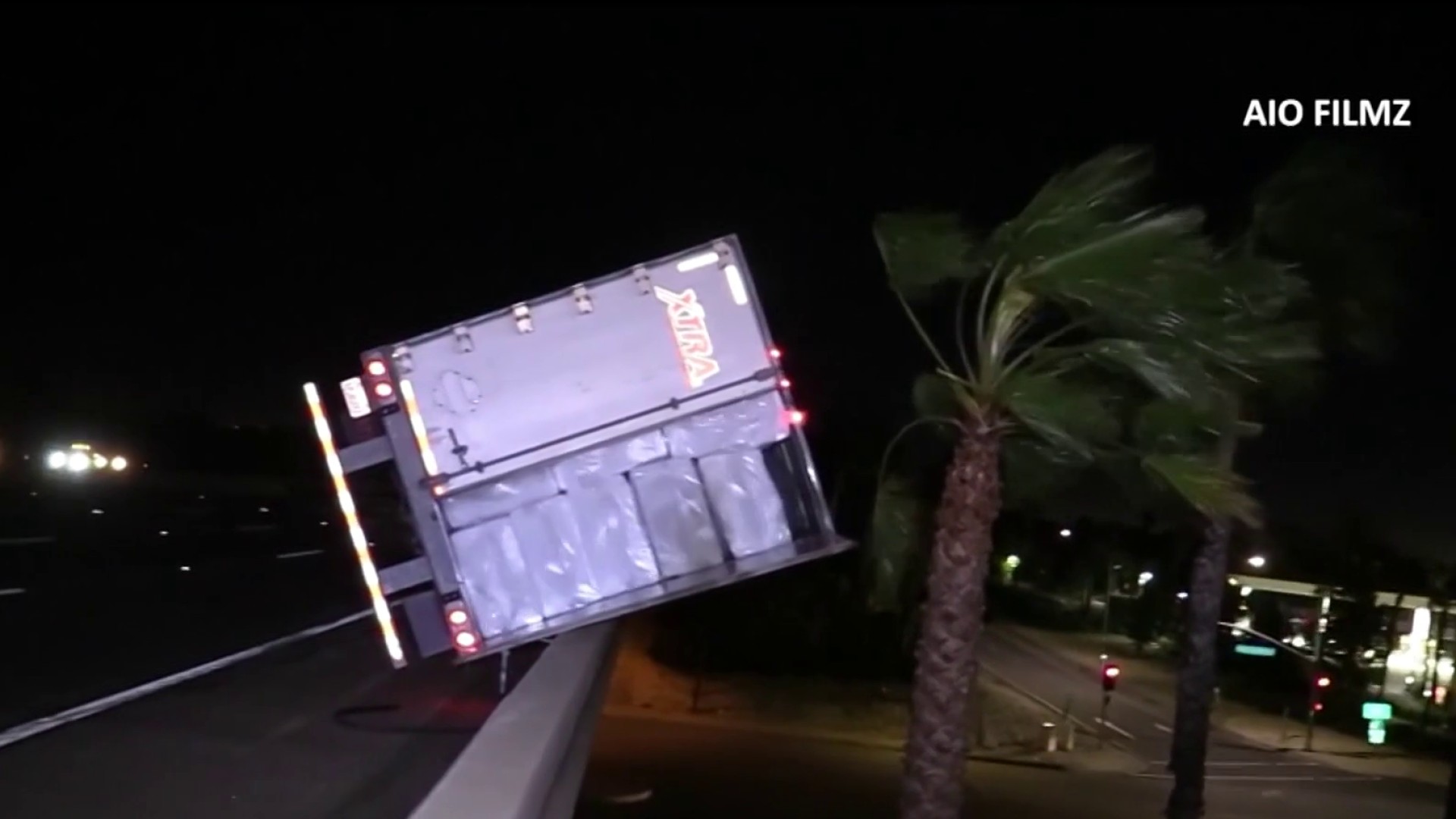
Santa Ana Winds Return, Raising Wildfire Concerns: Here’s What to Know
Introduction
Santa Ana winds, known for their strong, dry gusts, have made their return to Southern California, raising concerns about potential wildfires. These winds originate from the Great Basin and travel through mountain passes and canyons, gaining speed and warmth as they descend. Their arrival signals increased fire danger, prompting residents and authorities to take precautions to prevent or mitigate wildfire outbreaks.
Wind Patterns and Fire Danger
Santa Ana winds typically occur in the fall and winter months when high pressure builds over the Great Basin. These winds descend through mountain passes, such as the Cajon Pass and San Gorgonio Pass, and compress as they move downward. This compression warms the air and reduces its relative humidity, creating extremely dry and flammable conditions. The strong winds can carry embers and spread fires rapidly, making them particularly dangerous for areas with abundant vegetation.
Wildfire Preparedness
In response to the elevated wildfire risk, fire agencies and local governments are taking proactive measures. They have issued fire weather warnings, enforced fire restrictions, and increased patrols in fire-prone areas. Residents are advised to create defensible spaces around their homes by clearing brush and removing flammable materials. Emergency evacuation plans should also be reviewed and updated.
Data Points and Real-Life Examples
According to the National Weather Service, wind gusts of up to 70 mph are expected in some areas of Southern California during the Santa Ana wind event. The region has a history of devastating wildfires during these conditions. In 2017, the Thomas Fire, fueled by strong Santa Ana winds, burned over 280,000 acres, destroyed thousands of structures, and resulted in two fatalities.
Perspectives and Concerns
While Santa Ana winds pose significant fire hazards, there are differing perspectives on their management. Some argue that prescribed burns and controlled vegetation management should be used to reduce the amount of flammable material available for wildfires. Others prioritize preserving natural ecosystems and wildlife habitats, advocating for more research into alternative fire prevention strategies.
Scientific Research and Mitigation Strategies
Researchers are investigating various methods to mitigate the impacts of Santa Ana winds on wildfires. One approach involves using remote sensing technology to monitor vegetation growth and identify areas susceptible to high-intensity fires. Advancements in weather forecasting also enable more accurate predictions of wind patterns and fire behavior, allowing for timely evacuations and resource allocation.
Broader Implications
The return of Santa Ana winds highlights the complex challenges posed by wildfires in a changing climate. As temperatures rise and drought conditions become more frequent, the severity and frequency of wildfires are projected to increase. It is essential to invest in comprehensive fire prevention and mitigation measures while also adapting to the evolving environmental conditions.
Conclusion
The Santa Ana winds are a natural phenomenon that poses significant wildfire risks to Southern California. Understanding the wind patterns, implementing proper preparedness strategies, and considering diverse perspectives are crucial for mitigating the potential impacts of these events. Ongoing research and collaboration among scientists, policymakers, and communities will play a vital role in reducing the devastation caused by wildfires and ensuring the safety and resilience of our communities.



